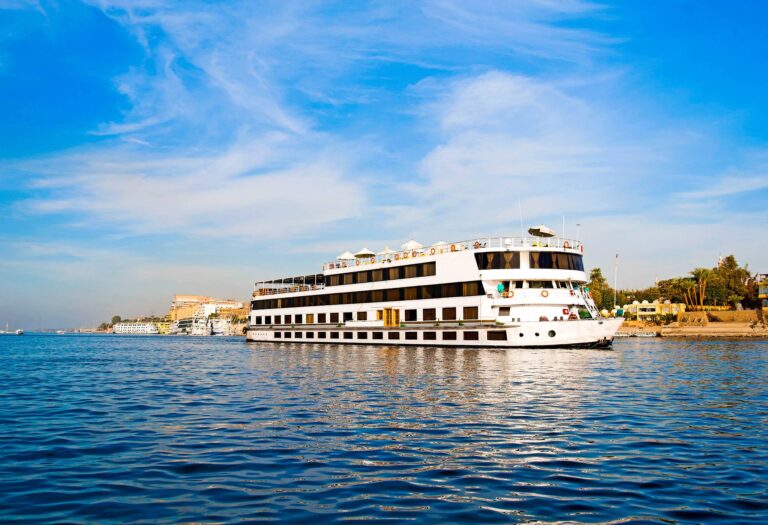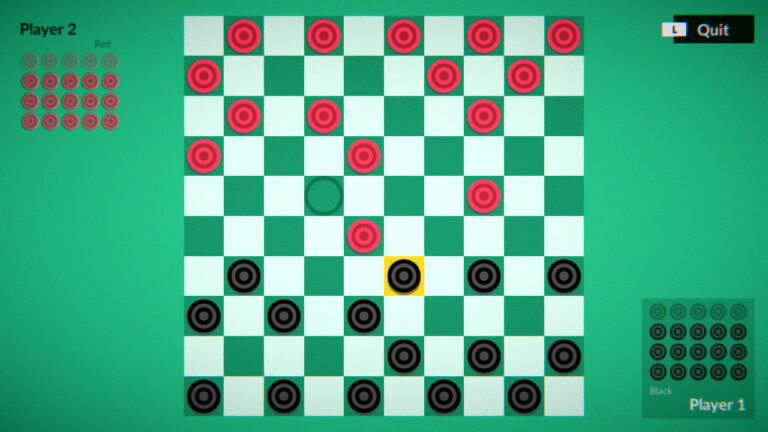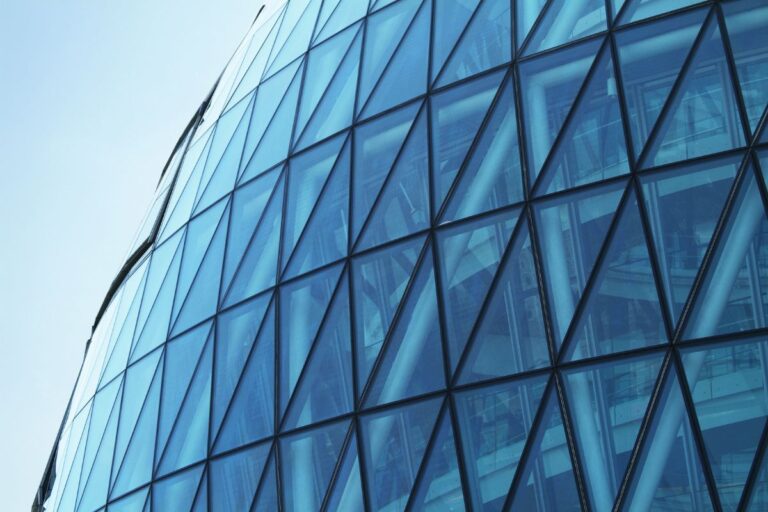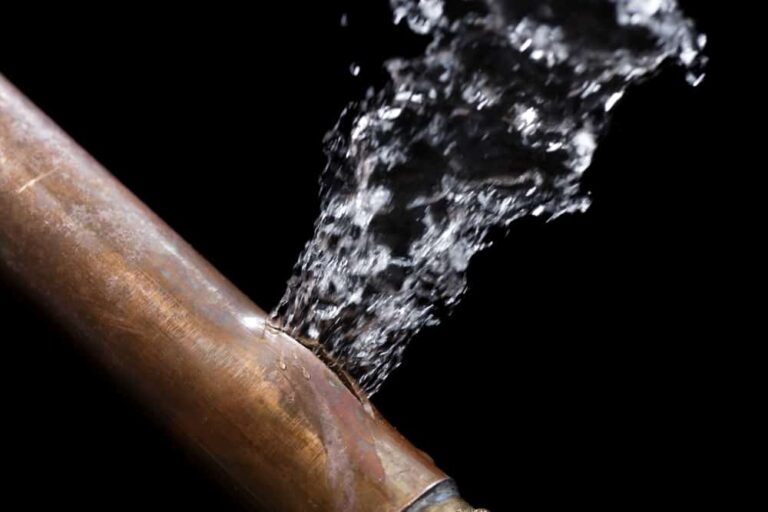Embarking on a Nile cruise in Egypt is a mesmerizing journey through ancient history and stunning landscapes. The Nile River, flowing through the heart of Egypt, offers a unique vantage point to view some of the world’s most legendary sites. Understanding the best time to undertake this voyage is key to maximizing the experience. This blog post delves into the ideal seasons for sailing the Nile, considering Egypt’s varied climate, and what each season offers to enhance your cruising experience.
The Appeal of a Nile Cruise
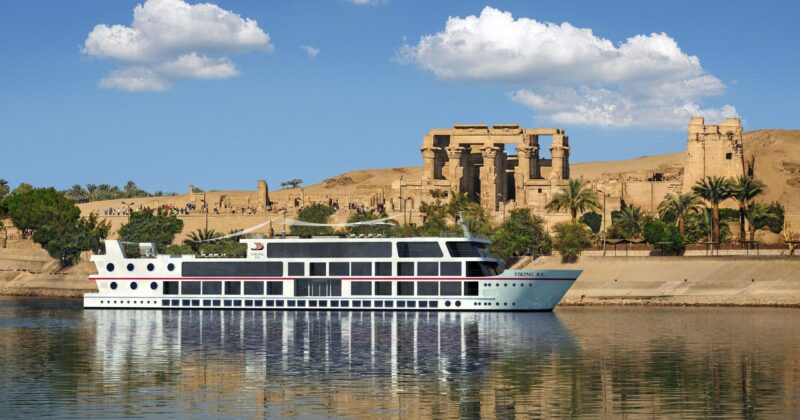
A Nile River cruise epitomizes an unforgettable travel experience, blending historical exploration with serene natural beauty. It’s not just a trip; it’s a journey back in time, sailing through a land of pharaohs, majestic temples, and timeless landscapes. From the comfort of your boat, you witness the heart of ancient Egyptian civilization, exploring iconic landmarks like the Valley of the Kings and the temples of Karnak and Luxor. This unique blend of history, culture, and natural beauty, experienced from the tranquil waters of the Nile, makes a cruise here an unrivaled travel choice as you’ll experience with https://egypttrippers.com/tour/movenpick-royal-lotus-nile-cruise/.
Egypt’s Climate Overview
Egypt’s climate plays a pivotal role in planning a Nile cruise. Predominantly arid, the country experiences hot, dry summers and mild, cooler winters. Understanding this climatic pattern is crucial for travelers. Summers can be intensely hot, particularly in southern Egypt, near Luxor and Aswan, where temperatures soar. Winters, meanwhile, offer milder weather, making it a more comfortable time for outdoor activities like temple visits and excursions. This distinct seasonal variation significantly impacts the cruising experience on the Nile, influencing everything from crowd sizes to the availability of certain activities.
High Season (October to April)
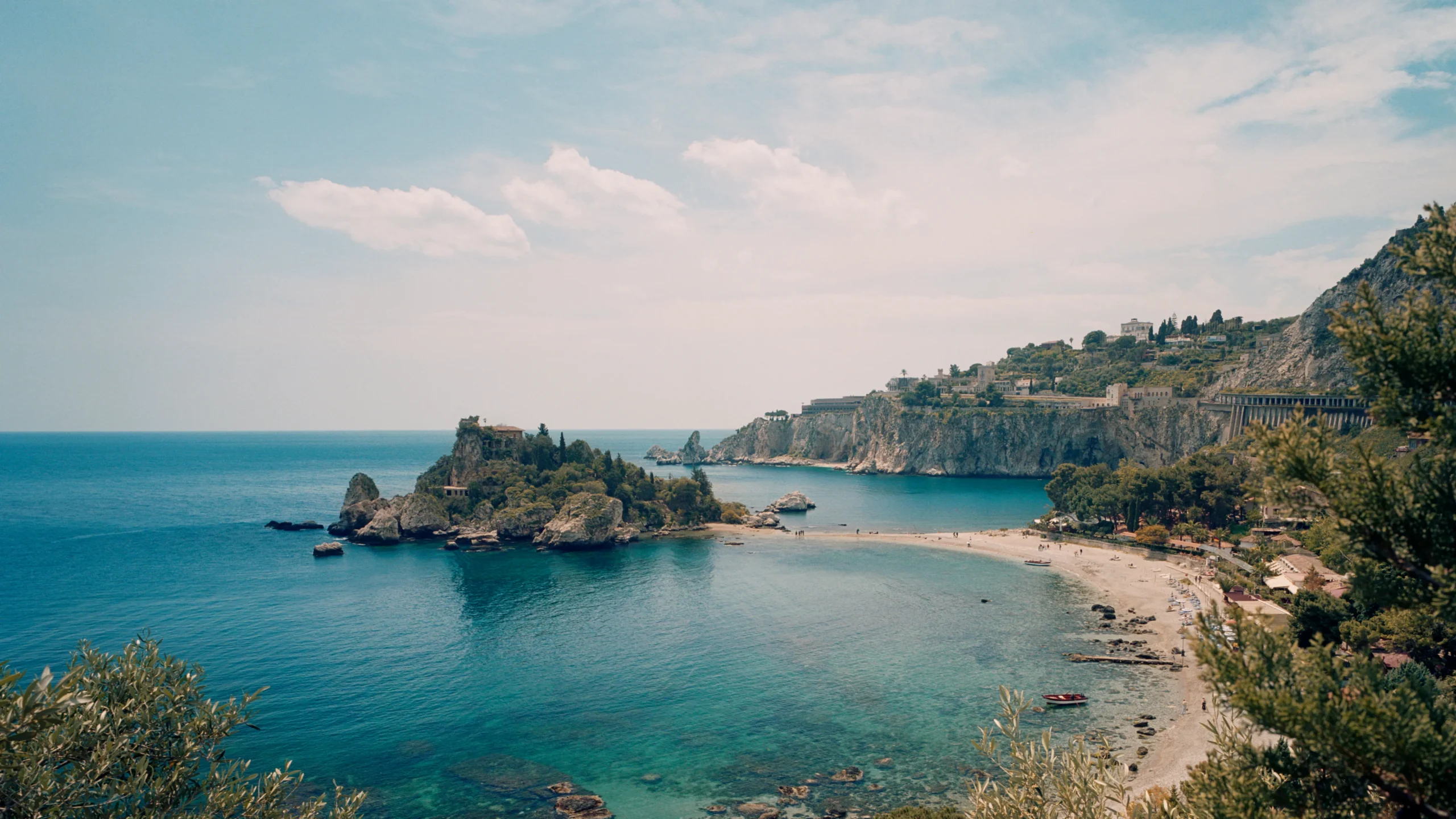
The period from October to April marks the high season for Nile cruises, and for good reason. During these months, the weather in Egypt is at its most pleasant, with cooler temperatures and a comfortable climate. This is the ideal time for exploring the open-air museums and ancient temples along the riverbanks. The milder weather allows for longer, more comfortable excursions and on-deck relaxation without the extreme heat. However, this is also the peak tourist season, so expect larger crowds and higher prices. Despite this, the benefits of traveling during these months – pleasant weather and full access to all historical sites – make it the most recommended time for a Nile cruise.
Moderate Season (May and September)
May and September represent the shoulder or moderate season for cruising on the Nile. These months serve as a transition between the extreme temperatures of summer and the milder winter climate. The weather is warmer than in the high season but not as oppressive as in the peak of summer. This makes cruising still enjoyable, with the added benefit of fewer tourists and potentially lower prices. However, the increasing heat, particularly in May, can sometimes make afternoon excursions less comfortable. September, on the other hand, sees a gradual cooling, offering a more pleasant environment towards the end of the month.
Low Season (June to August)
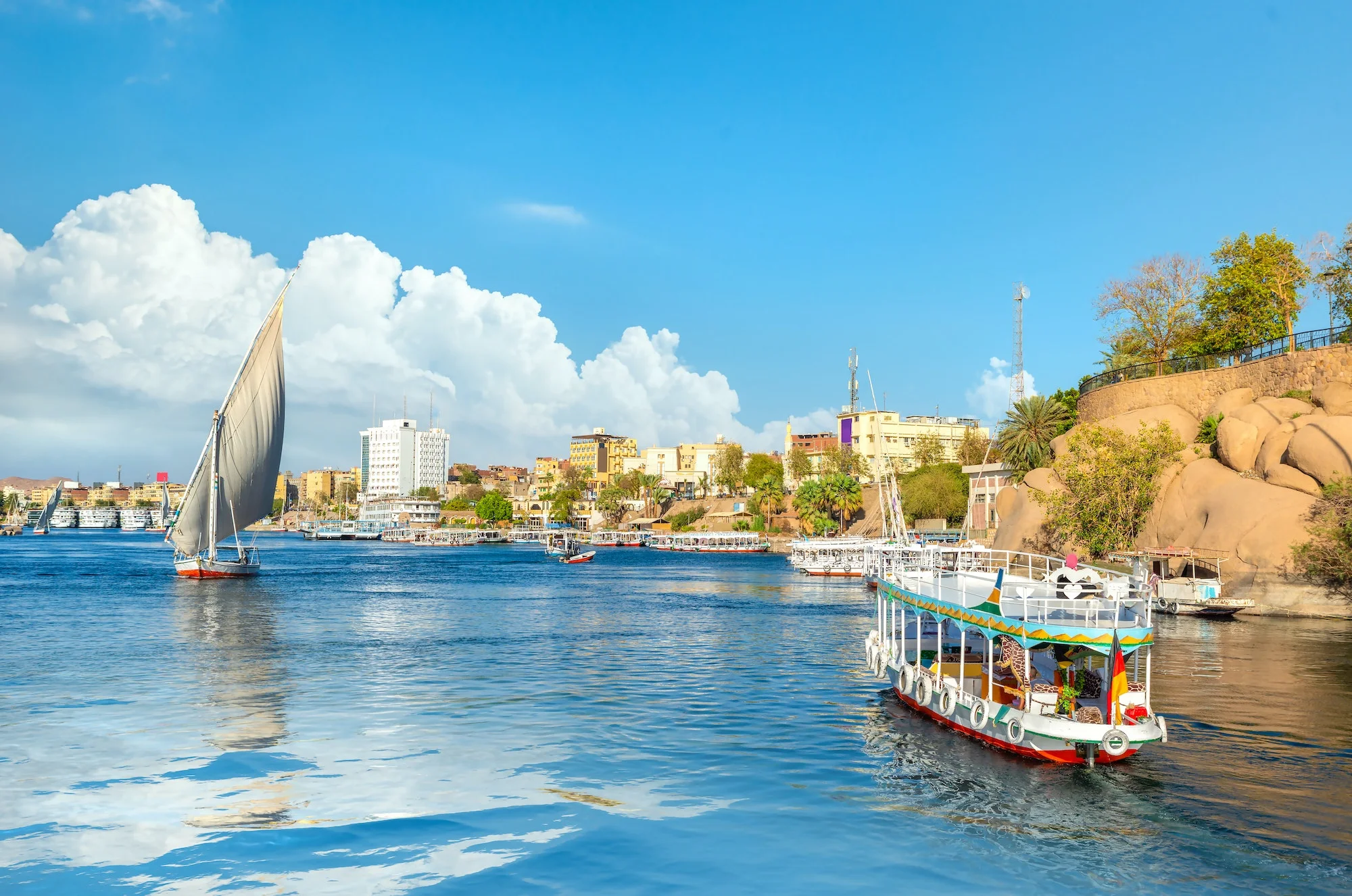
June to August is considered the low season for Nile cruises, primarily due to the challenging weather conditions. These summer months bring intense heat, with temperatures often exceeding 40°C (104°F), making outdoor activities and excursions quite strenuous. The scorching heat can be overwhelming for many, leading to shorter, less frequent tours and limited on-deck time. The upside to cruising during this period is the significantly reduced prices and fewer crowds. This season may appeal to those who can tolerate high temperatures and prefer a less crowded experience, but it’s generally not recommended for the average traveler.
Weather Conditions
The weather conditions in Egypt vary greatly throughout the year, impacting the Nile cruise experience. In the high season (October to April), the weather is mild and pleasant, ideal for outdoor activities and sightseeing. Days are warm, but not excessively hot, while nights can be cool, especially in the winter months. During the moderate season (May and September), temperatures begin to rise, but the climate remains tolerable. However, in the low season (June to August), the weather becomes extremely hot, particularly in southern Egypt. This intense heat can affect the comfort and duration of excursions and activities.
What to Expect in High Season
In the high season, expect comfortable cruising conditions and the opportunity to fully engage with Egypt’s rich history and culture. This period offers the best overall experience, with ideal weather for both on-board relaxation and on-shore excursions. You’ll have the chance to explore ancient temples and tombs in comfortable temperatures, and enjoy stunning sunsets from the deck. However, be prepared for larger crowds at popular tourist spots and higher prices due to the peak travel season. Despite these factors, the high season remains the optimal time for a comprehensive and enjoyable Nile cruise experience.
What to Expect in Moderate Season
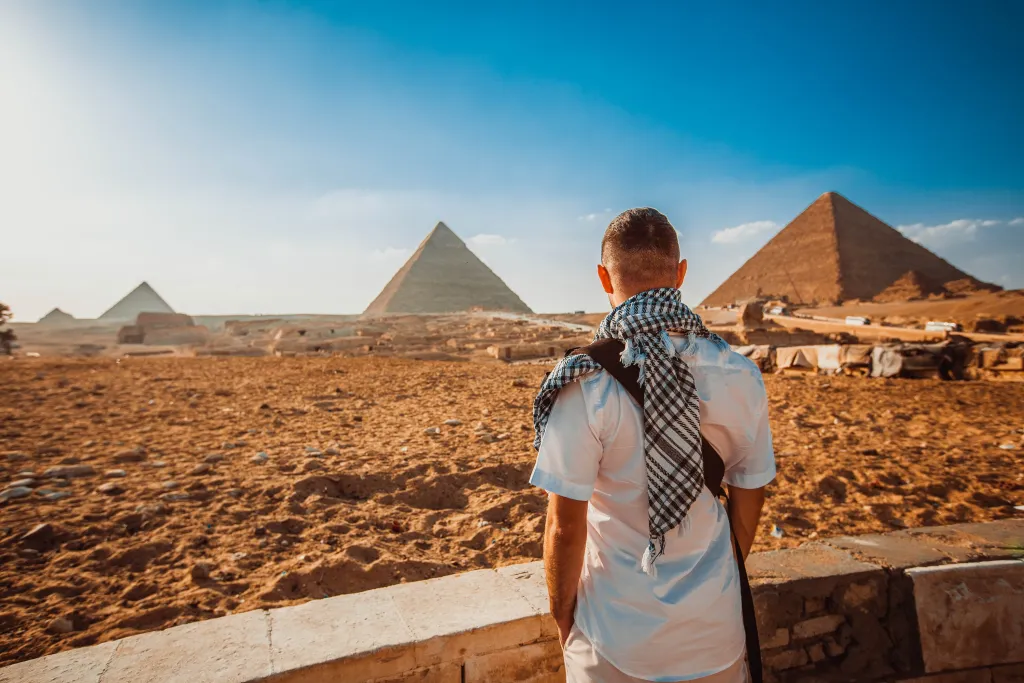
During the moderate season, Nile cruises offer a balance between the high and low seasons. You can expect warmer temperatures than in the high season, but without the extreme heat of summer. This makes it a good time for those looking to avoid the peak season crowds while still enjoying relatively comfortable weather. Sightseeing and outdoor activities are still enjoyable, though midday heat may require some adjustments to your schedule. The moderate season is an excellent choice for travelers seeking a more relaxed experience with fewer tourists and potentially lower prices, without compromising too much on the weather.
What to Expect in Low Season
Cruising the Nile in the low season presents a different set of expectations. The primary challenge is the intense heat, which can limit the duration and comfort of outdoor activities. Morning and evening cruises become more appealing as they offer respite from the midday sun. On the plus side, the low season means fewer tourists, providing a more intimate experience at major historical sites. Prices are generally lower, making it a budget-friendly option. This season is suitable for those who are comfortable with high temperatures and prefer a quieter, less crowded travel experience.
Special Events and Festivals
Egypt’s calendar is dotted with special events and festivals that can enrich your Nile cruise experience. Ramadan, the Islamic month of fasting, brings a unique atmosphere, especially in the evenings when the fast breaks. However, some services may be limited during this time. Other cultural events like the Abu Simbel Sun Festival, occurring twice a year, offer a spectacular sight as the sun illuminates the temple’s inner sanctum. These events can provide a deeper insight into Egyptian culture and are worth considering when planning your cruise.
Conclusion
The best time for a Nile cruise largely depends on your preferences and priorities. For pleasant weather and the full array of experiences, the high season (October to April) is ideal, though it comes with larger crowds and higher costs. The moderate season (May and September) offers a quieter experience with slightly warmer weather, while the low season (June to August) is best suited for those who can handle the heat and prefer fewer crowds. Special events and festivals also play a role in deciding when to visit. Ultimately, each season offers its own unique charms and challenges, making any time a good time to explore the timeless beauty of the Nile.

